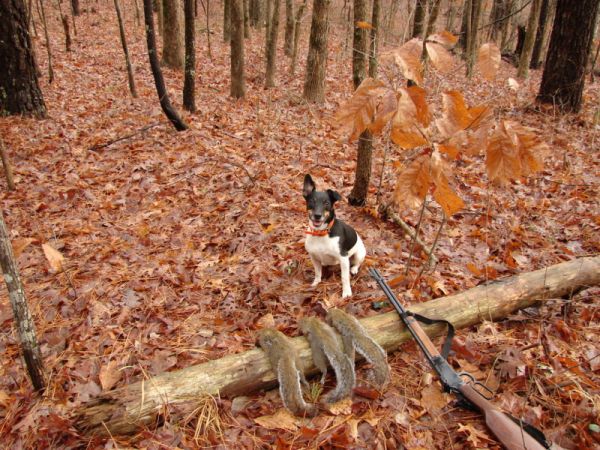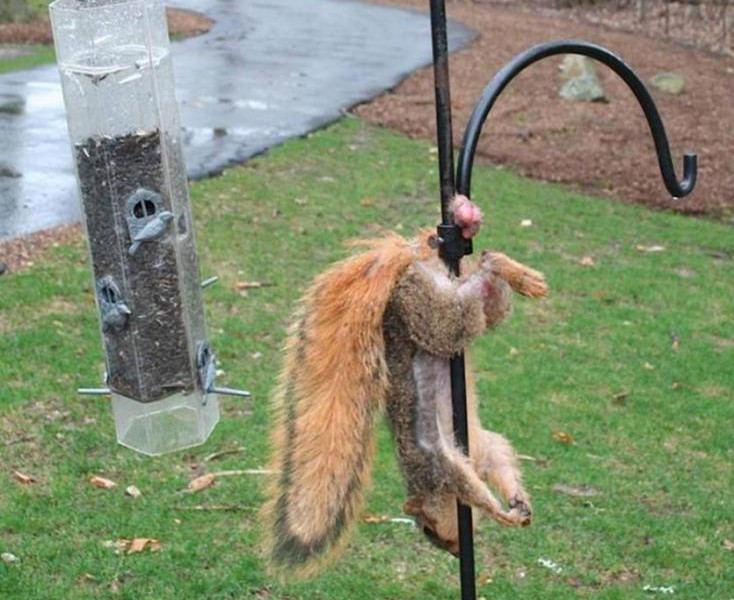Squirrel hunting is an interesting game,but how do we hunt in early season?Now, let me tell you some tips about squirrel hunting in early season.
Pinpoint Top Spots
At first blush, it might seem that squirrel hunting requires little thought beyond finding a comfortable stump or blow-down to sit on and wait for the chattering masses to arrive. But like any hunt or activity worth doing, you will always get better results when you take the time to properly plan and execute a strategy. Don’t just stroll into the woods aimlessly. Instead, start by identifying and focusing on food sources.
White oak acorns and acorns in general will always be a top attractant for the buck-toothed creatures, but in early fall, squirrels prefer beechnuts to virtually anything else in the forest. Find a beechnut tree laden in mast and you will have discovered a live-action shooting gallery. Walnuts can also be an attractive food source, though they require a little more work for the squirrel. In the absence of hardwoods, large cone-filled pine trees will attract the animals, who like to peel the hard brown pedals back to reach the soft, tasty nuts inside.
Choose Your Ambush 
Check the trees that surround these food sources for squirrel nests or dead trees with holes that might provide a good den, and get there just before daylight or, if hunting in the evening, a few hours before dark. Squirrels won’t travel far between food and shelter, so camo up and situate yourself between what looks like the most likely food source and the best possible nesting area. Wind isn’t a concern with squirrels, but looking into the sun as it rises or sets can certainly make shooting difficult, so be sure to situate yourself so the sun will be at your back. This will also aid in keeping you concealed in the shadows. Woods squirrels aren’t like the ones running around your suburban home, and movement or anything that looks out of place will send them into hiding or at least keep them from moving.
Plans B and C
For maximum success in reaching your bag limit, identify three or four likely hot spots that offer squirrels the right mix of abundant food and nesting. After shooting a few from one spot, you can ease into one of these new areas that haven’t been disturbed. Activity may drop off as you get into position, but after 10 to 15 minutes of silence, squirrels should begin moving again and presenting shots. This keeps you from overshooting a spot, and prevents you from sitting excessive amounts of time after shots before squirrels begin to move again.
In identifying these locations beforehand, pick where you’re going to sit at each and determine the best, most silent way to enter so as to minimize the amount of disturbance you create. A fresh crop of autumnal leaves have usually not fallen yet, so a hunter with lightweight boots can typically slip into a spot with much less noise than he will make after the trees begin to rain down their litter.
Make Some Noise
The distress signal will send squirrels in the surrounding area scurrying and barking in alarm, betraying their position in the leaf-covered limbs. Identify where the closest one or two are, watch for their movement as you ease into position and, if necessary, bark lightly to get them to respond and pick out their location again. This method can add more excitement to the hunt and help you pinpoint squirrels more easily than if you simply sit back and wait for them to show.
